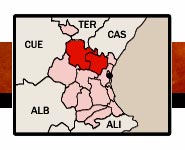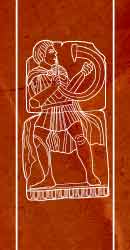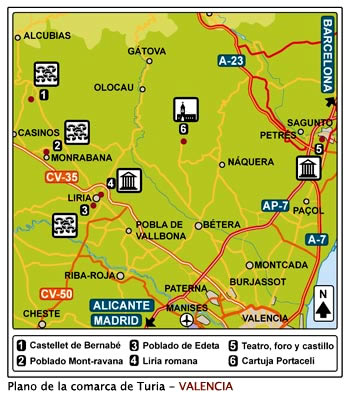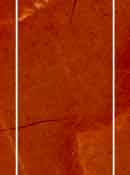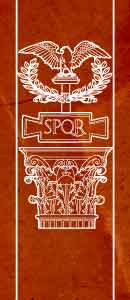 |
|
/SEM-20-sen-lib-E-25.jpg)
ACUEDUCTO DE PEÑA CORTADA (CHELVA)
INFORMACIÓN HISTORICO-ARTÍSTICA
El acueducto mide unos 28,6 kilómetros, la captación se sitúa en el río Tuejar y el destino pudo ser Sagunto; se conservan muchas arcadas por todo el itinerario, son magníficos los “puentes” de Barranco del Convento (Chelva), de la Rambla de Alcotas (Calles), el Barranco de Cueva del Gato (Calles) y el de Torre de Castro (Calles), aunque existen muchos otros “puentes”. Cronología romana de fines del siglo I a inicios del siglo II d.C.
HORARIOS-ENTRADA
Acceso libre, sin entradas, ni horarios.
ACCESO
El acueducto de Peña Cortada o de La Serrada, pasa por varios pueblos (Tuejar, Chelva, Calles y Domeño). Para visitar el tramo más interesante se recomienda ir a Chelva, justo a la Plaza de Toros, seguir las indicaciones, dejar el coche en el parking y seguir cualquiera de los 2 caminos pues uno va a la parte superior y el otro a la inferior del acueducto.
ACCESO PARA MINUSVÁLIDOS
No factible para sillas de ruedas, el sendero es escarpado con desprendimientos. |
|
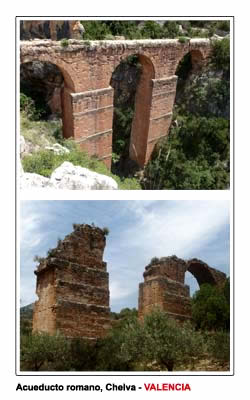 |
|
/SEM-20-sen-lib-I-25.jpg)
AQUEDUCT OF PEÑA CORTADA (CHELVA)
HISTORICAL-ARTISTIC INFORMATION
The aqueduct measures about 28,6 kilometers (17,73 miles), the catchment is located on the river Tuejar & the destination sems to be Sagunto; Many arcades are conserved throughout the itinerary, the “bridges” of Barranco del Convento (Chelva), Rambla de Alcotas (Calles), Cueva del Gato (calles) and Torre de Castro (Calles), there are many bridges. Roman chronology from the end of the 1 st century to beginning of the 2 nd century A.D.
TICKETS AND TIMETABLE
Free access, no tickets, no timetable.
LOCATION
The aqueduct of Peña Cortada or La Serrada, passes through several towns (Tuejar, Chelva, Calles and Domeño). To visit the most interesting section is recommended to go to Chelva, just to the Bullring and follown the signpost, leave the car in a parking area, and follow any of the 2 ways, one gone to the top, the other to the bottom of the aqueduct.
ACCESS FOR THE HANDICAPPED
Not feasible for wheelchairs, the way is steep, with landslides.
|
|

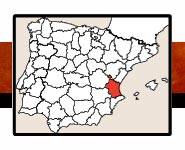




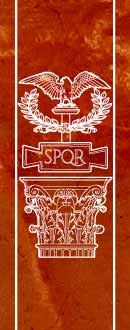
(40)/TO-Z/VALE-TurSer-40.jpg)
-55/BOOK-cort-40.jpg)

